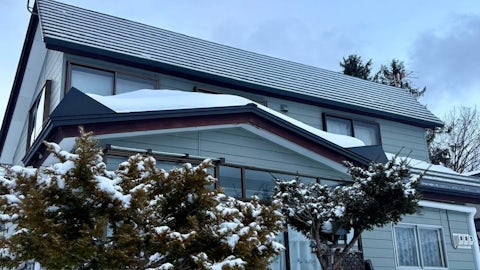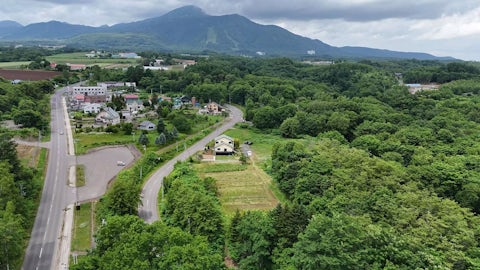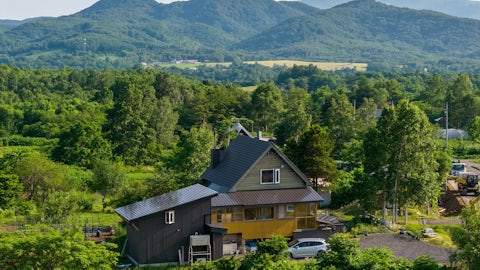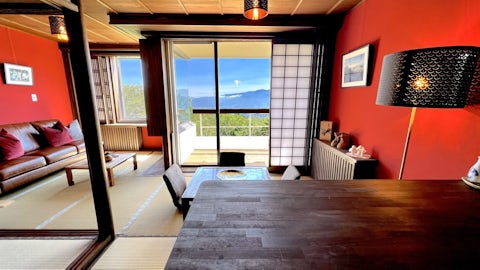
What's the latest on Japanese border restrictions and when can tourists expect to enter freely?
If it feels like you've been asking this question for two and a half years, that's because you have! However, a series of announcements and press-releases in the last few days have given some light at the end of the tunnel. Here we wrap up the current situation and what might be coming up (fingers crossed).
Who can come in now?
As of 24th August 2022 the following information is a summary of who is able to enter:
- Business travellers - need to be invited by a Japanese company (who have to provide a letter of invitation) and then get a business visa from the embassy in their home country
- Tourists - only currently able to enter on a "tour". This again requires the Japanese tour company to provide a letter of invitation to the traveller who must again get a visa from the embassy as well as follow the tour itinerary.
- Family - immediate family of Japanese permanent resident
- Workers - certain visas for long-term workers have now been released. Working holiday visas are also available through a similar invitation system as that for business travellers.
- Entry is capped at 20,000 people per day - soon to increase to 50,000 according to Asia Nikkei, although worth noting that the number of actual entrants at the moment is nowhere near this number due to the restrictions above.
For most countries there is no requirement for vaccination and no quarantine, but you do currently need to record a negative PCR test within 72 hours of your flight to Japan.
From September 7th:
- Negative pre-departure PCR tests will no longer required if you are fully vaccinated (including booster) and coming from a low-risk country as declared by the Prime Minister in today's press conference. If you are coming to Japan, visit the MOFA page for latest info on what is required in terms of vaccination proof and quarantine.
Coming soon:
- It is also being reported that tours will no longer need to be supervised, so tourists can enter with a booking through a travel agency (as opposed to a supervised tour). This means you need to be invited, but can have an "unstructured tour". The travel agency will provide the letter of invitation to enable the traveller to get a visa at the Japanese embassy in their home country.
- The date for this change has not yet been confirmed but Japanese Prime Minister Kishida-san has declared the country will finally move towards "living with Covid".
So basically no tourism without a visa?
That is correct at the moment - all entrants to Japan who are not citizens or residents currently require a visa - there is no visa-free travel like pre-pandemic. However, as above it is becoming increasingly easy to get that visa!
What's the Covid-19 situation like in Japan now?
Umm, not great. Currently Japan is experiencing its highest ever number of cases and, sadly, deaths. You can keep up to date with the latest numbers here.
Sounds is it another winter of empty ski resorts then?
No we don't think so! As above, it's being reported that tourism on unsupervised tours will soon be possible. Note that most accommodation providers in resorts like Niseko, Rusutsu, Hakuba etc are registered travel agents. So they should be able to help with the process of getting your visa. You will, however, still need a visa and have to go to the embassy to apply.
Although borders are currently closed to independent tourism, cases are sky high in Japan and the government has given no timeline yet of their plans to re-open fully... there is actually a feeling of optimism that things are about to change back to normal. Here's why:
- Japan has confirmed they will remove pre-departure tests for fully boosted travellers from September 7th (as reported here). While this would immediately benefit returning Japanese travellers, who have been getting stuck overseas with positive covid results, it shows a path to more open borders.
- There has been talk by the government of actually downgrading Covid-19, which would lead to it being classified the same as other diseases like seasonal flu. While this is party to reduce the administrative burden of counting and recording, it will also make it easier for the government to convince the population it's safe to reopen.
- Unlike prior waves in Japan, there are almost no restrictions in place in Japan and the government has refrained from issuing states of emergency despite the high caseload.
- Similarly there have not been any increased restrictions on entry to Japan, whereas previous waves lead to the border being hard shut again.
- Japanese Prime Minister Kishida and his LDP party won a resounding victory in the recent general election, meaning that he has a fairly clean slate to push his agenda for the next 3 years.
- More and more airlines are adding flights. Scoot just announced they will start flying directly between Singapore and Sapporo's New Chitose Airport from November and Eva Air is also selling flights from mid September. The International Terminal of New Chitose has basically been closed for over 2 years, so while this doesn't definitively mean tourism is starting it does suggest the airlines are equally optimistic.
Overall, the signs are positive that Japan is finally moving towards reopening borders. The timing and speed of relaxations is still unclear but we remain optimistic that entry for tourists is around the corner. Whether it is in time for winter is anyone's guess, but fingers crossed it will be possible for more people to enjoy Japan's best snow resorts!












